Nine Deer Were Brought to Hawaii in 1867 as a Gift; Now They Are Invading and Causing an Environmental Crisis
Deer introduced to one of Hawaii’s islands over a century and a half ago have seen their numbers increase exponentially. Now, the animals threaten the surrounding environment as they continue to devastate vegetation and pastoral forage land, exacerbated by ongoing droughts on the islands.
The deer were brought to the Hawaiian islands in 1867 as a gift from India. However, their increased numbers have led to an ecological nightmare as they continue to devastate vegetation and pastoral forage land due to ongoing droughts on the islands.
Axis Deer Gifted to Maui
Over 150 years ago, the government of India gifted nine axis deer to the Hawaiian island of Maui. In this short period, their populations have surged to almost 65,000. However, experts suggest they could reach as much as 225,000.
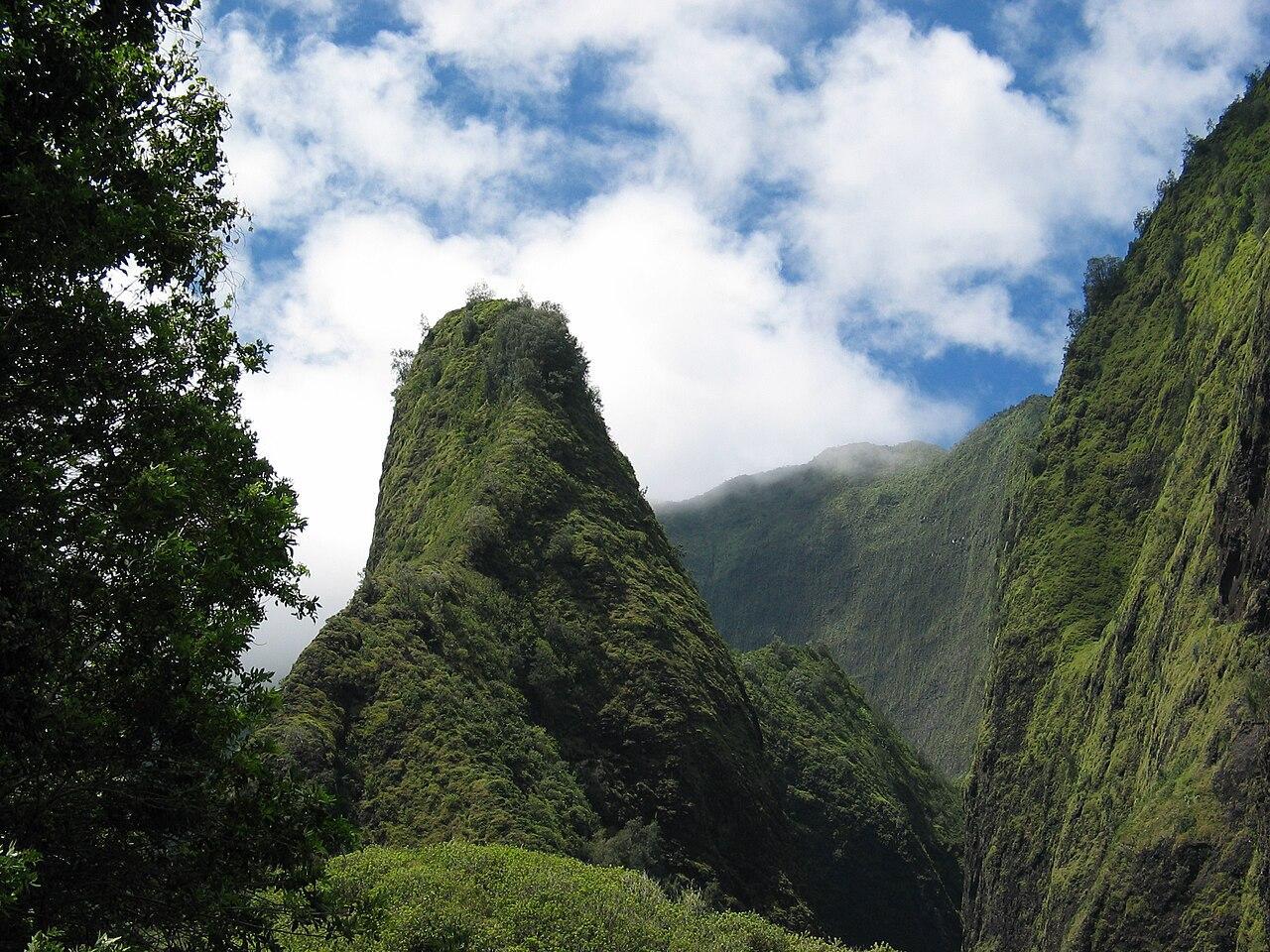
Source: Wikimedia
The Hawaiian Island is now tasked with reducing the population before it turns into a full-blown ecological nightmare. Jake Muise, CEO/Co-founder of Maui Nui Venison, believes he has the answer to halt the deer’s rapid spread.
Venison CEO Shares Plan
During a recent edition of “One Day” with Jon Bier, Muise suggested a sustainable harvesting program, which could significantly reduce the deer population while simultaneously protecting the land and locals.
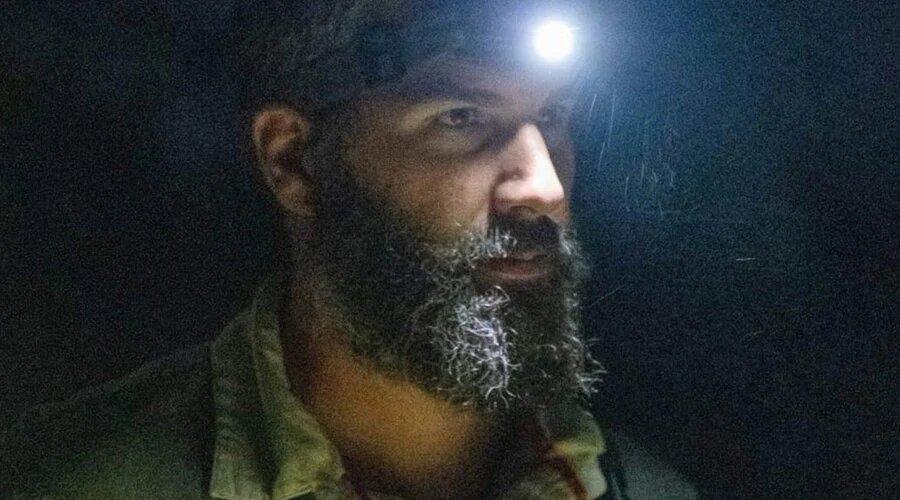
Source: Maui Nui Venison
“We knew that by balancing populations in the areas, we could help benefit food systems, ecosystems, communities, customers, and others,” Muise says. “Along the way, we discovered that this animal is also one of the most nutritious on the planet.”
Deer Population Balloons in Hawaii
While no government official could have estimated that the deer population would have ballooned like it did when they first arrived in Hawaii, Muise explained it was simply a case of the right palace at the right time.
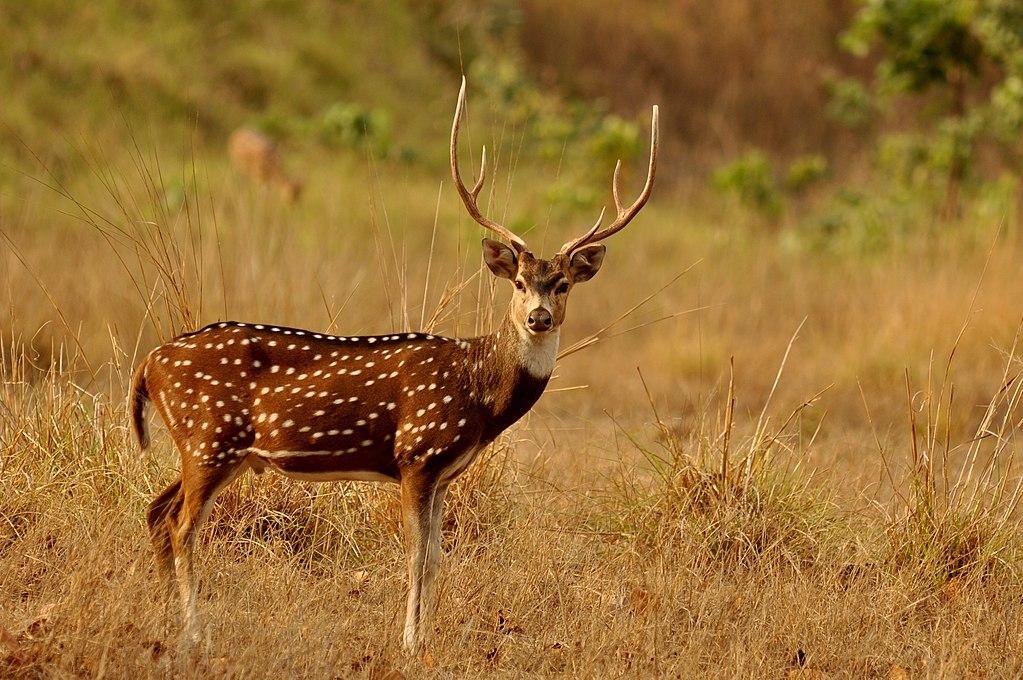
Source: Wikimedia
“What makes the axis deer so prolific as an invasive species is they’re one of the only deer species in the world whose sperm is viable year-round,” he says. “For the vast majority of other deer species, when their antlers fall off every year, testosterone levels drop. But axis deer are capable of breeding year-round, which puts their annual growth rates at 33% a year.”
Deer Reduce the Level of Water Dramatically
Musie went on to explain that the rising deer populations on the island of Maui have ultimately wreaked havoc on the formerly isolated region.
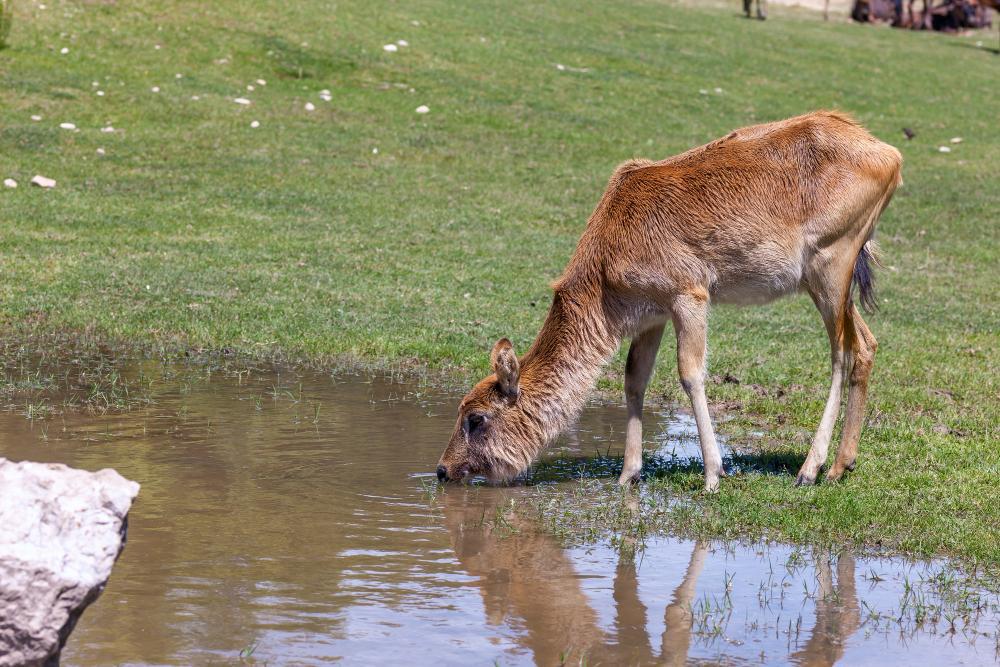
Source: Freepik
Unfortunately, the deer require a lot of water, which is a precious commodity on the island. According to Muise, “When the deer become established in our watersheds, they’ll reduce the amount of water collected by 50 percent.”
The Deer Begin Destroying the Ecosystem
Muise says it’s not just a problem with water consumption. Deer snack on farmland, destroy crops as they venture through the land, and even impact the food systems of many farm animals, including cows.

Source: Tim Graham/Getty Images
However, they also pose a threat to island residents. Almost every night, a deer incident on the road is reported.
Maui Nui’s Vision
Muise and his colleagues began developing a sustainable business solution around 15 years ago aimed at solving the island’s deer problem. This solution hopes to benefit both the surrounding community and the customers.

Source: Freepik
According to Muise, they want to track the deer using aerial drones and sophisticated infrared technology so they can hunt them humanely. Then, they aim to sell the meat around the islands and across the States.
The Healthiest Meat on Earth
Muise admits that when he and his team started working on their plan, their only goal was to solve the overpopulation problem affecting the Hawaiian ecosystem.

Source: Wikimedia
“We were always just trying to solve a problem. We didn’t actually realize this was gonna be the healthiest red meat on earth,” says Muise. “Our venison has some of the best nutrient density testing in the world.”
A Sustainable Model
Maui Nui’s meat is considered of the highest quality, so customers are willing to pay high prices to have the meat shipped to their homes. This has allowed Musie to keep prices low for locals.
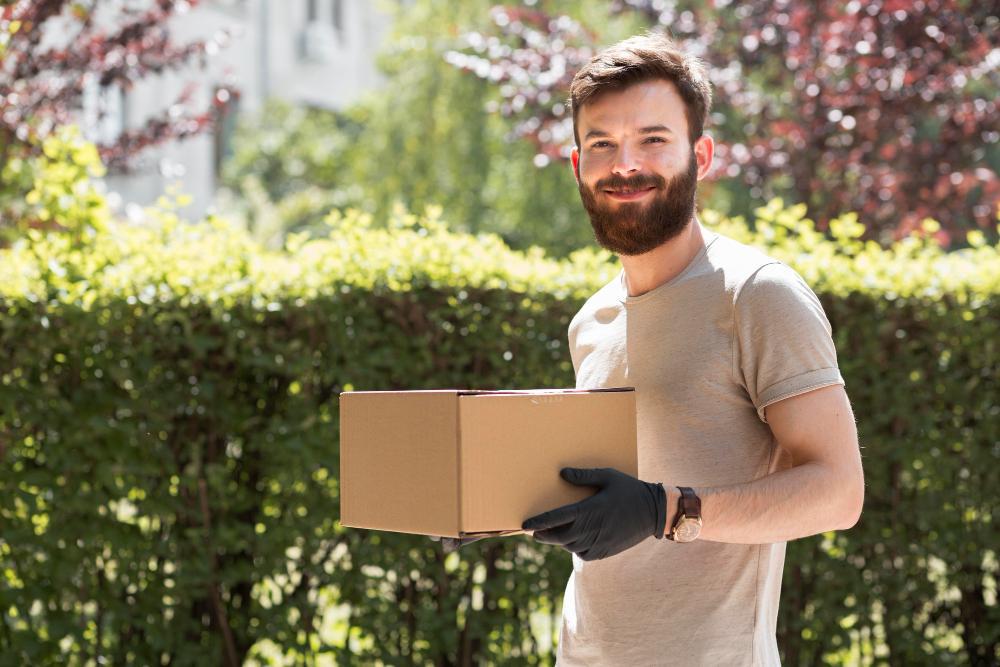
Source: Freepik
“Part of our sustainability model is that it has to be accessible locally,” he says. “You go on our website right now, and it costs $30 to $40 a pound to get some of this shipped to your door in California. That same stuff costs $8 a pound for somebody locally.”
Giving Back to the Community
Muise has also devised a way to give free venison to locals in need, especially in the region following the devastating wildfires that occurred in Hawaii in 2023.

Source: Freepik
The company donates the meat to food banks and even leaves bags in freezers at local stores. “When we were giving to the food banks but were finding that it wasn’t getting to our community members because locally it’s really hard for people to ask for help,” said Muise.
Impossible to Function as a Non Profit
Muise’s vision for Maui Nui is rooted in sustainability. However, the CEO has admitted that his business model would not have worked if he had stuck with the original plan of running the company as a non-profit.

Source: Freepik
“Originally, I thought the solution was to be a nonprofit and get a bunch of grant funding, and that would be it. This would’ve been impossible to execute as a nonprofit.”
How Is the Company Progressing?
During the final part of the interview, Muise was asked how his company was progressing, and he proudly admitted it was going very well.

Source: Freepik
“The most exciting metric for us when you think about measuring what matters is that over the last five to six months, we have been within the areas we manage balancing populations. It took 14 years, but our communities and customers are eating,” said the CEO.
